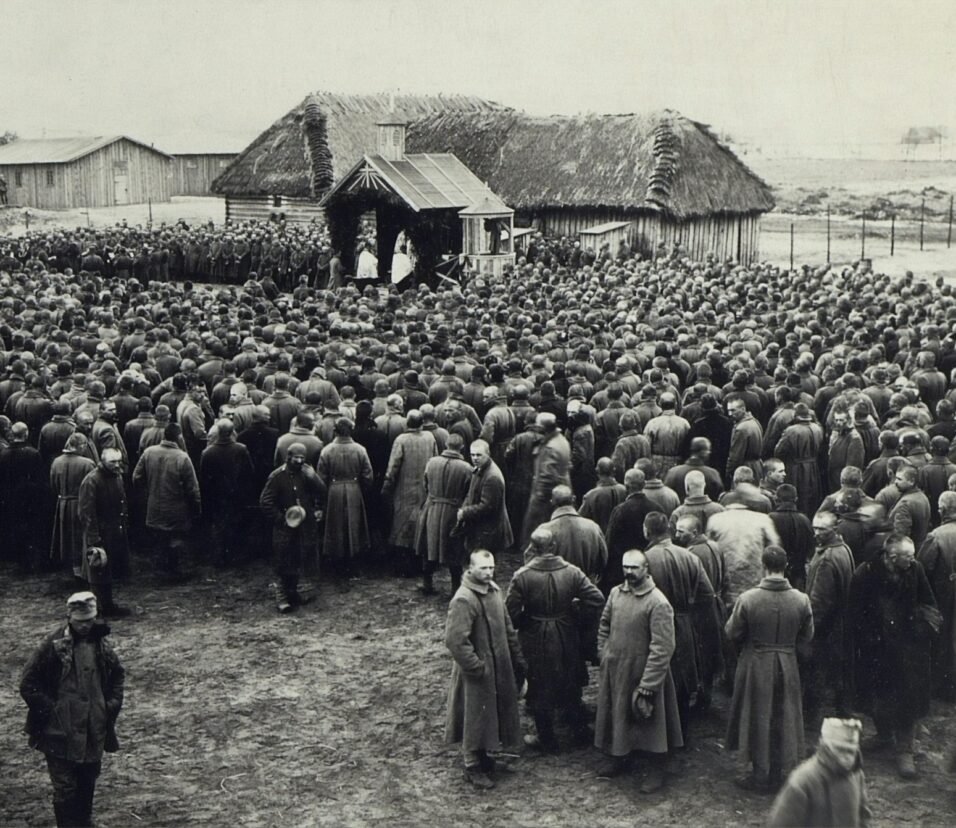Plans for Reconstruction
The American Civil War was a tough time for the country, creating deep divisions. After the war, there were big challenges like figuring out how to bring the country together again and deciding what to do for the many people who were no longer slaves. The period that followed, called ‘Reconstruction’, was all about making plans to fix these issues and rebuild the nation.
The Task Ahead
After the war, America was a mess. Many cities were destroyed, families were separated, and the South’s economy was badly hit. The big question was: How do you fix everything after such a huge disaster?
Lincoln’s Vision for the Future
Even before the war ended, President Lincoln started thinking about how to bring the nation back together. In 1863, he proposed the idea that if 10% of the people who voted in a Southern state promised to be loyal to the Union and supported ending slavery, then that state could rejoin the Union. Some might think Lincoln’s idea was too easy-going, but he wanted the country to heal. He felt it was better to welcome states back quickly than to let hard feelings drag on. However, not everyone saw it his way.
The Wade-Davis Bill: A Tougher Idea
The Radical Republicans didn’t think Lincoln’s idea went far enough. They came up with the Wade-Davis Bill in 1864, which had tougher conditions. Instead of asking 10% of voters to promise loyalty to the Union, this bill asked for half of them to do so. Plus, they wanted these states to make a firm promise: No slavery allowed ever again. Many people agreed with this stronger approach because they felt the South should face bigger penalties for starting trouble.
Andrew Johnson Steps Up
After Lincoln’s sad death, Vice President Andrew Johnson became the main man. Even though he was from the South, he strongly supported the Union. Johnson had a mixed approach: he wanted to forgive most people but not the top Confederate leaders or the really rich folks. Every state had to say that leaving the Union was wrong and get rid of slavery. But not everyone liked Johnson’s ideas. Some thought he was too tough, while others felt he was too easygoing, which added more stress during a tough period.
The Battle of Ideas
It wasn’t just about different plans, it was about different beliefs. Lincoln wanted to make things better, the Radical Republicans wanted big changes, and Johnson hoped to find a middle ground. Their disagreements on how to rebuild weren’t just practical; they were deeply connected to what the country would become in the future.
What Was Really Going On
But, the true challenge was putting these plans into action. While leaders argued in Washington, things were tense in the South. For example, Mississippi didn’t want to follow Johnson’s rules. Having a plan was one thing; getting states to actually follow it was a whole different story.
The Start of the Black Codes
Even as big plans were being discussed, the South came up with its own ways to push back. They made the Black Codes—rules that aimed to take away the rights of Black people. These rules were different in each state but had one main goal: to bring back the old unfair ways of treating Black people before the war.
Outside Problems: Dangerous Groups Pop Up
Besides the usual political problems, there was another scary issue: groups taking the law into their own hands. The Ku Klux Klan was one such group that came up, scaring and hurting Black people and anyone who wanted to rebuild the country in a fair way. This made everything even more complicated.
What Reconstruction Left Behind
Even though there were many different ideas and problems, Reconstruction set the stage for future fights for equal rights. It was a time when people really thought about what democracy means, what freedom looks like, and what it truly means to be a country.
Rebuilding the South:
Reconstruction wasn’t just about politics. It was also about fixing the South’s broken economy and buildings. The South used to rely on big farms and slave work, but now it was a mess. Trains couldn’t run because tracks were damaged, farms weren’t growing crops, and the usual way of life was turned upside down.
Some Solutions:
- The Freedmen’s Bureau (1865): This group helped both former slaves and poor white folks in the South. They gave out food, a place to stay, medical help, and even legal advice. One big thing they did was set up schools for Black people, helping future generations learn.
- Giving Land Back: After the war, there was a big debate about what to do with the land that used to belong to the Confederates. Some said, “Let’s give pieces of this land to the former slaves!” There was even a plan called “Forty Acres and a Mule.” This didn’t fully happen, but it showed people’s desire to help the newly freed folks build a new life.
- New Farming Ways: Without slavery, the South had to rethink farming. A system called sharecropping started. Here, workers would grow crops and then share some of them with the land’s owner as a sort of “rent.” It wasn’t perfect and had issues, but it was a step towards changing the South’s economy.
Conclusion
Reconstruction was more than just a chapter in history—it changed the way America thought. It became a stepping stone for equal rights and set rules for how the national government and states should work together. Different plans had their own ideas, but they all wanted to fix a split-up America. What happened then affected the U.S. for a long time after. Whether it was Lincoln’s friendly way or the tough rules of the Radical Republicans, each had its part in healing the country. What we learned from then is still important now. It shows how strong America can be and how it keeps changing for the better.







